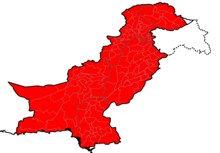on
holloywood
john
Short Biography of JOhnny Depp. Johnny Depp is a well-known American actor, producer, and musician, who has become a household name for his captivating performances on the big screen. He was born on June 9, 1963, in Owensboro, Kentucky, United States. Depp's parents divorced when he was young, and he moved with his mother to Florida. As a teenager, he dropped out of school to pursue a music career, playing in various garage bands. In 1983, he married makeup artist Lori Anne Allison, and through her, he met actor Nicolas Cage, who encouraged him to pursue acting. Depp made his film debut in the horror movie "A Nightmare on Elm Street" in 1984. He then landed a starring role on the TV show "21 Jump Street," which made him a teen idol in the late 1980s. In the early 1990s, Depp made a conscious decision to break away from his heartthrob image and began to take on more complex and challenging roles. His career took off with his portrayal of the eccentric, gothic ...
- Get link
- X
- Other Apps




Comments
Post a Comment